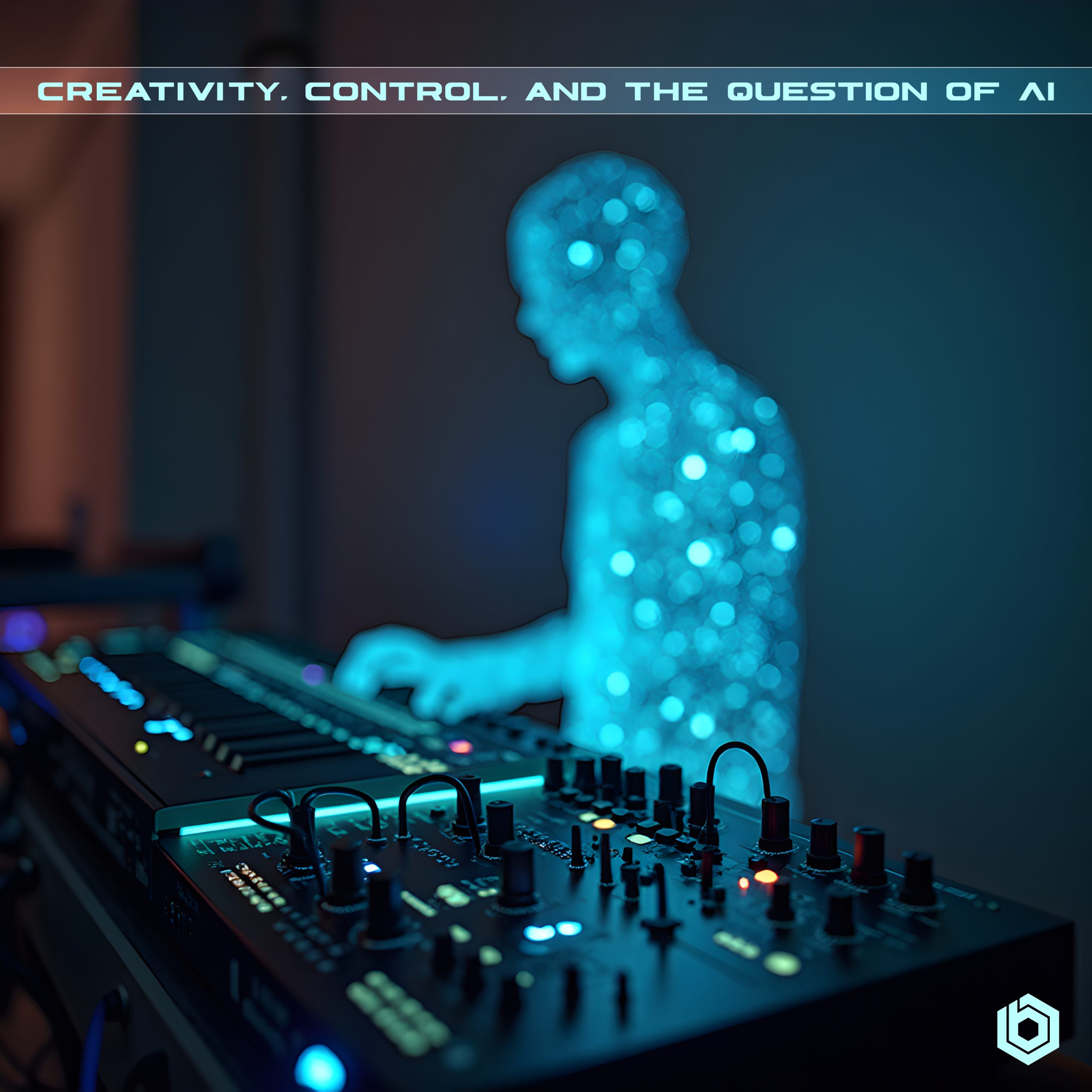The conversation around AI in music is heating up. From major distributors to bedroom producers, everyone is trying to decide what this new creative frontier means for art, ethics, and the human voice behind every waveform.
It’s a meaningful dialogue, and one worth having. Symphonic’s recent statement on AI disclosure stems from a commendable commitment to transparency, responsibility, and respect for artists’ identities. No one should have their voice cloned without consent, and no one should profit from another’s likeness. That isn’t creativity; it’s theft disguised as code.
Yet a finer line must be drawn between using technology and becoming dependent on it.
Over the decades, the studio has continually evolved—from tape machines to samplers, from analogue warmth to digital precision. Arpeggiators, sequencers, and modular synths have long produced patterns no human hand could play, and yet at no point did anyone ask which machine made which sound. The intent was the artist’s. The vision was the artist’s. The machine was simply the vessel.
AI, in my world, functions much the same way. Fragments from my own sessions—melodies, rhythms, textures—are fed into systems that can suggest alternate layers or reimagine a progression. Sometimes the outcome is fascinating; at other times, it falls flat. But the spark still begins within me. The algorithm doesn’t create; it reacts. It’s an extension of imagination, a responsive instrument rather than an author.
Safeguarding against deception and impersonation is essential, but beyond those boundaries, there’s a risk of creating a culture of restraint. When creativity becomes a checklist of permitted tools, the studio—once a sanctuary of experimentation—starts to feel like a compliance lab. Innovation loses oxygen when every brushstroke requires a disclaimer.
This conversation extends into my home as well. My trans son and daughter view the subject from a different angle; they feel AI should have no place in art. Their argument stems from a deep desire to protect authenticity and the value of human effort. I understand their point. But after fifty years of listening, learning, and shaping sound, removing tools feels like erasing the very evolution that allowed us to arrive here. Every success and failure informs the way I create—every instrument I’ve touched, every sound I’ve sculpted. An algorithm may process data, but it cannot replicate the intention behind a lifetime of curiosity.
The current wave of industry partnerships only adds to the complexity of this discussion. A few days ago, Universal Music Group announced a strategic alliance with Stability AI to develop next-generation, “responsibly trained” music tools. The partnership promises to centre artists in the process and produce professional-grade generative systems trained entirely on licensed material. It’s a fascinating pivot from earlier lawsuits and takedowns: the gatekeepers are no longer fighting AI—they’re learning how to harness it within controlled ecosystems.
For independent artists, this shift presents both opportunity and caution. Corporate AI partnerships could either safeguard or consolidate creative rights, potentially adding yet another layer of gatekeeping. When the world’s biggest music company collaborates with one of AI’s most influential developers, it signals a future where the use of AI may be tightly curated. And that raises a deeper question: if control over the creative process migrates from the individual to the institution, who maintains true creative freedom?
The conversation extends beyond music. In his recent keynote, Jensen Huang, CEO of Nvidia, suggested that AI should no longer be viewed as a tool but rather as a collection of digital workers—entities capable of carrying out tasks, making judgments, and autonomously contributing to production. At first, the statement sounds unsettling. Where I see an instrument guided by human imagination, others now see a workforce. If we start defining creativity in industrial terms—workers, output, efficiency—we risk forgetting the essential human mystery at its core.
And yet, Huang’s perspective carries a kind of truth. He isn’t speaking only to artists but to society as a whole, pointing to a coming transformation in how work and purpose are defined. If AI really can shoulder repetitive labour, freeing people to focus on expression, empathy, and innovation, then its role as a “worker” could, paradoxically, deepen human meaning—provided it is deployed with ethics and care.
AI is both: a worker in the corporate sense and a tool in the artistic sense. It’s capable of performing labour but incapable of feeling. It can accelerate output, but only humans can create meaning. The measure of progress won’t be how much work we give to machines, but how much time we reclaim for imagination.
AI doesn’t dream. It doesn’t yearn. It doesn’t struggle to find the right word or melody and then feel the joy when it arrives. It executes, and sometimes in brilliant ways, but it remains derivative. The human experience—the emotional resonance that turns pattern into meaning—still belongs to us. This is our unique contribution to the creative process, and it’s what makes our art truly ours.
None of this means AI should be excluded from the art world. It means we need to engage with it consciously, with both freedom and discernment. Perhaps the goal isn’t to decide whether AI belongs in creativity, but to define how we remain human while using it. Every generation of artists has faced its own frontier: electricity, recording, sampling, digital audio. Each was met with resistance before becoming part of the creative vocabulary. AI is simply the next instrument in that continuum, capable of reflection and dialogue but never replacement.
One recent development worth noting is the settlement between Universal Music Group and Udio, which will see Udio transition into a licensed platform with restricted downloads of AI-generated songs. Combined with the Stability AI alliance, it marks a turning point: the industry is asserting ownership and shaping how these tools will be used. For artists, this should prompt reflection on what autonomy really means in an age of algorithmic creativity.
Ultimately, the soul of music remains unchanged. Creativity begins long before a prompt, command, or dataset is given. It starts in the invisible moment when emotion transforms into form, when an idea catches fire. The tools will continue to evolve, but the impulse that drives us to create, express, and connect will always be human.
Our role as artists is to keep that impulse alive, to remind the world that while the machine may assist in creating the song, it will never be the song itself.



